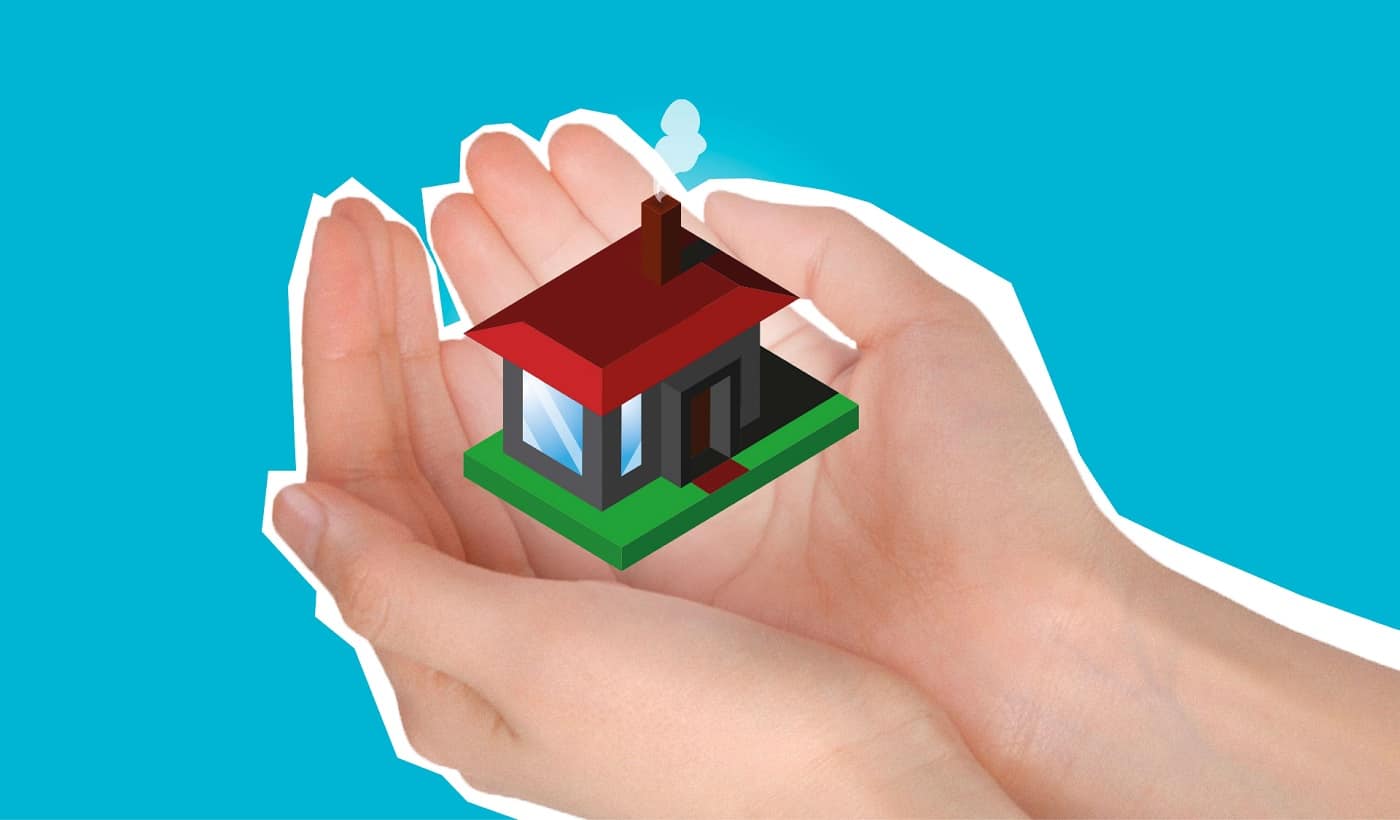
During the pandemic, a large part of the population understood the importance of owning a home while others saw it as a good investment opportunity. The principle is to invest in a home, either to live or to leverage it as an asset that could produce an extra source of income, in case of a crisis.
Home loans can enable you to invest in the property of your dreams. The emerging groups that are more open to taking loans include millennial, and banks are developing online avenues for faster loan disbursal.
While buying a house can be difficult for some, one can always choose to rent a house. Although COVID-19 caused some serious global disturbances, it made it possible for individuals to take home purchases as a serious investment. The protection of owning a house has been recognized by people in the face of the uncertainties surrounding the current market situation.
This choice will allow individuals to lead, now and beyond, a financially secure life. The home loan market is being reshaped by several factors, such as cheaper home loans, low-interest rates and the RBI moratorium. Given the important role of the housing market in the recovery of the Indian economy, after the pandemic, the government and industry are working towards new technologies in the lending segment.
Here are five trends in India’s home loan app market and the impact they would have in the future.
Digital customer on boarding
The growing demand from consumers led to banks introducing online avenues for quick home loans. People with higher disposable income appreciate prompt programs that take less time. Considering this increasing momentum, digital initiatives have been introduced by various banks and financial institutions to help clients secure loans quickly. The Bajaj Finserv app offers minimal documentation of home loans with a digital customer portal to help manage your loans better. Home loan apps are one of the quickest and hassle-free ways for getting your loan.
1. Reduction of repo rate by RBI
The RBI’s latest repo rate cut has taken home loan interest to a record-low 7%. For aspiring home buyers with the requisite margin cash to go for their first homes and enjoy repaying lower EMIs, it is excellent news that makes space for savings. Repo rate is that rate at which the central bank, that is, RBI lends money to the country’s commercial banks in case of shortness of funds. With lower lending rates, it is likely decreasing the rate of interest on consumer loans leaving more for spending.
2. Low rate of interest on Home Loans
Many banks have come forward to reduce interest on loans to make home investments more profitable. Customers should take advantage of interest rate concessions. However, the final rate of interest depends on factors such as your credit score, repayment capacity, the principal loan amount and your age. You can check home loan apps to calculate your interest rate payable on the loan.
3. Building home loan books
Among the types of loans, banks have a preference in the pandemic era for secured loans. The default rates on secured loans have traditionally been the lowest. Therefore, banks are offering the best rates to construct a home loan book in times of recession such as the current one, as uncertainty looms, instead of concentrating on unsecured loan books that would include credit cards and personal loans. From the banks’ viewpoint, home loans are a better bet.
4. Loan moratorium
As a temporary relief from loan repayments to borrowers who were negatively impacted by the pandemic, the loan moratorium was implemented. With loan restructuring, however, borrowers have two options: either delay interest repayment and principal sum repayment or repay loans under simple terms and conditions. While the moratorium was like a few months of temporary relief from repayments, consolidation is another way to minimize the strain of heavy EMIs from borrowers’ shoulders and help the industry recover from the liquidity crunch. Discussions are also ongoing on the restructuring of interest in the moratorium era.
5. Home Loan Balance Transfer
The balance transfer of a loan occurs when the entire unpaid principal loan amount is transferred to another bank or a lender to avail a lower interest rate. A home loan involves a considerable amount of cash, so every borrower is concerned about the interest rate on the product. One of the reasons for home loan balance transfer is to avail better interest rate and additional benefits of another bank or lender. Balance transfer on your home loan can enable one to save money with a low rate of interest.
The importance of home ownership among buyers and investors has significantly increased post the pandemic. It can be safely said that in the presence of countless profitable offers in the real estate market, there is no better time than now to buy your dream home or invest in a property from a security perspective.

Crafting words to inspire, engage and motivate. 10+ years of content writing, SEO, digital marketing and blogging experience. Ready to help your brand reach its potential!

